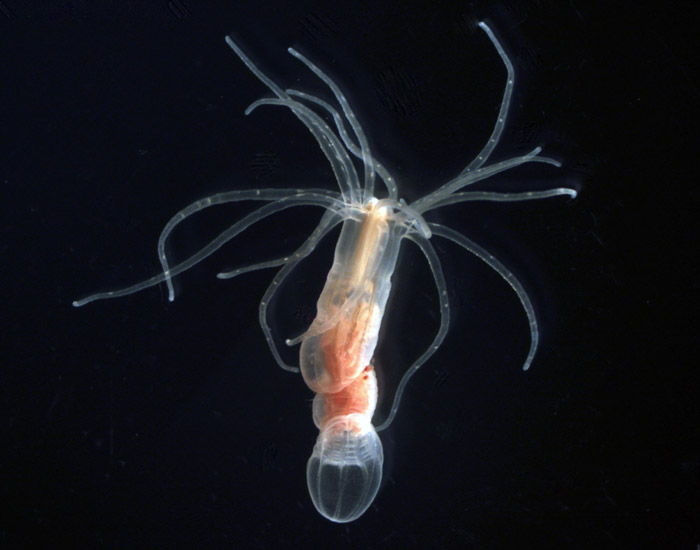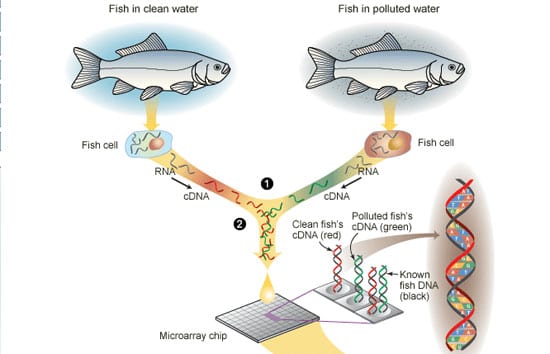Biological Response to Oil and Dispersant
Deepwater Horizon, 2010
Principle Investigator: Ann Tarrant
Spurred by a long history studying the starlet anemone, WHOI biologist Ann Tarrant and her colleagues have begun modeling the animal’s genetic and physiological responses to the oil and the dispersants used to fight the spill. The anemone is one of the few organisms to have had its entire genome sequenced, which allows scientists to more easily study how it responds at a molecular level to environmental contaminants.
Before the spill occurred, Tarrant and her colleagues had developed a tool to probe the response of starlet anemones to chemical stresses, a tool they are now applying to test the effects of some of the chemicals released into the Gulf environment. Although the anemone is considered “primitive,” many of the genes and biochemical pathways it uses to metabolize contaminants are also found in other animals, including humans.
By looking for specific gene expression patterns in the presence of oil and dispersants, the researchers have begun studying the importance that different types of exposure—in food or absorbed directly from the water—play, as well as the influence dispersants might have in determining the level and nature of damage to an organism. Because the anemones are an indicator of invisible damage or growing threats to the coastal ecosystem in which they live, their response to environmental stresses may also establish early warnings of changes yet to be discovered.
From Oceanus Magazine
April 8, 2011
Does Oil Affect Animals' Cellular Machinery?
Meet Nematostella vectensis. The tiny orange sea anemone could be the ideal 'lab rat' to examine how oil and other impacts from the Gulf of Mexico oil spill affect the genetic and molecular machinery of animals.
Source: Oceanus Magazine
May 25, 2005
Down to the Sea on (Gene) Chips
The genomics revolution has reached the oceans. New genomic techniques are being used to find previously unknown life forms in the oceans; to learn how species, and genes themselves, evolved over Earth’s long history; to understand the genetic tools that allow species to adapt to diverse and often harsh environments; and to investigate species’ responses to pollutants.
Source: Oceanus Magazine
Related Multimedia
Science in a Time of Crisis, Chapter 6: Assessing the Impacts
WHOI's Response to the Deepwater Horizon Oil Spill

